Cross Training Guide: Definition – Examples – Benefits

What’s cross training definition in exercise?
Cross training is a fitness strategy used to avoid injury, add variety and train aggressively and safely by replacing some of your weekly primary exercise with secondary exercise(s). Cross training exercises utilize different muscles and/or movements in your arms, core, and/or legs – than that of your primary exercise. For example, imagine if running or hiking is your primary mode of exercise. For cross training to be applied properly you will add a secondary exercise(s) like an elliptical trainer and/or rowing machine, for reasons explained below.
What’s an example of cross training?
Cross training exercise example #1 – (EZ defined)
The ‘Easy’ cross training method – EZ for short – indicates your secondary exercise selection uses muscles and movements that are in total contrast with the primary exercise. For example, if you are a runner or hiker your EZ cross training choice could be swimming or rowing. EZ cross training allows your muscles to recover – while not having to reduce exercise intensity – while continuing to improve overall fitness.
Cross training exercise example #2 – (AG defined)
The ‘Aggressive’ cross training method – AG for short – specifies your exercise selection will use similar muscles and muscle actions as your primary exercise. If you are a runner or hiker your AG cross training choice could be the Elliptical Trainer or Stair Climber. In this example your running/hiking muscles are working similarly, but with less stress and impact. This method does not allow for as much recovery but worth trying if you need to be more aggressive in speeding up your training results.
Cross training exercise example #3
Sometimes it isn’t possible to have a perfect distinction between an EZ and AG cross training exercise. If you are a runner/hiker and want to cross train with road biking, that is totally fine and common. Biking will stress the quads like hiking and running, but it’s not weight bearing. So, in this example, biking more closely resembles AG not EZ.
Cross Training Equipment Examples
In the chart below I will provide EZ and AG examples of cross training. And, when an exercise skews toward EZ or AG I will just designate it as such. An ‘X’ in the chart below indicates that the exercise is the primary exercise and therefore NOT a cross training option.
EXAMPLES of CROSS TRAINING for RUNNERS, HIKERS and WALKERS
How do I start cross training?
‘In-Season’ strategy for starting cross training: Any time during the year where your focus is improving your primary exercise is designated as In-Season. Generally this season of training requires that you perform more primary activities than secondary activities. In-Season culminates with an event such as a running race or a hiking trip.
‘Off-Season’ strategy for starting cross training: Any time during the year when you are just trying to stay in shape you can focus less on your primary activity and cross train instead. For runners and hikers some cross training exercises could include rowing and/or elliptical trainer.
1 to 1: Run 1x/week and cross train 1x/week. (Beginner)
2 to 1: Run 2x/week and cross train 1x/week. (Beginner)
2 to 2: Run 2x/week and cross train 2x/week. (Intermediate Off-Season)
2 to 3: Run 2x/week and cross train 3x/week. (Intermediate/Advanced Off-Season)
3 to 1: Run 3x/week and cross train 1x/week. (Intermediate/Advanced In-Season)
3 to 2: Run 3x/week and cross train 2x/week. (Advanced Off/In-Season)
3 to 3: Run 3x/week and cross train 3x/week. (Advanced Off/In-Season)
4 to 1: Run 4x/week and cross train 1x/week. (Advanced In-Season)
4 to 2: Run 4x/week and cross train 2x/week. (Advanced In-Season)
5 to 1: Run 5x/week and cross train 1x/week. (Advanced In-Season)
What is the importance of cross training exercise?
Benefit #1 – Injury prevention
Benefit #2 – Provide variety to sustain interest and consistency
Benefit #3 – Enhance training making it easy to recover

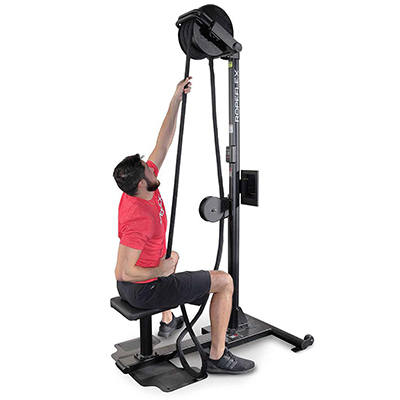







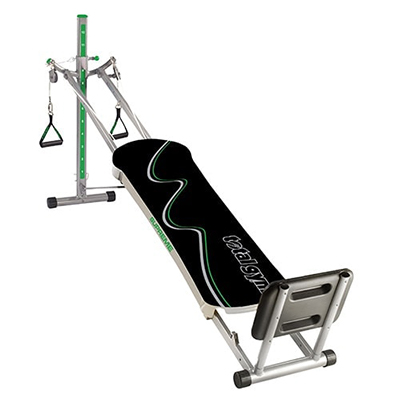



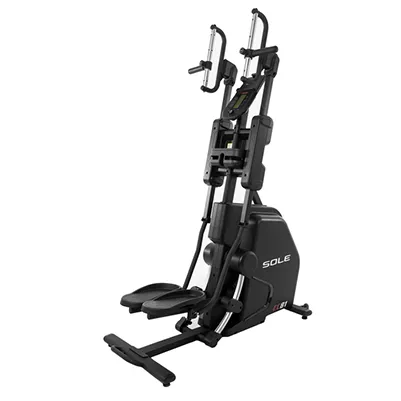
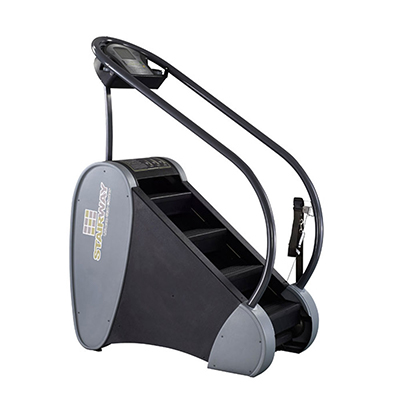
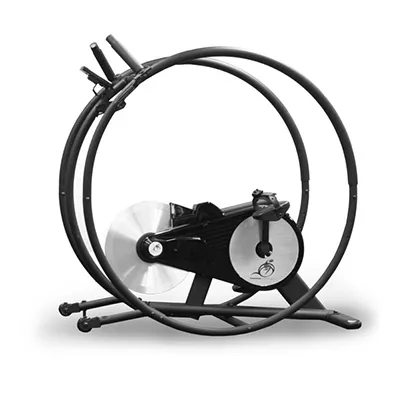

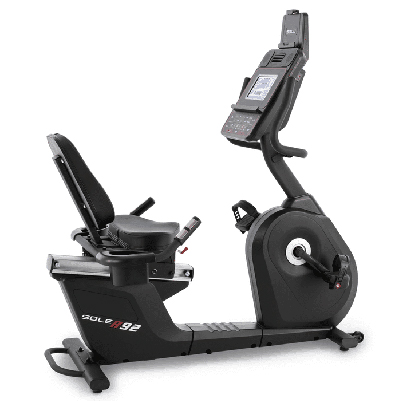
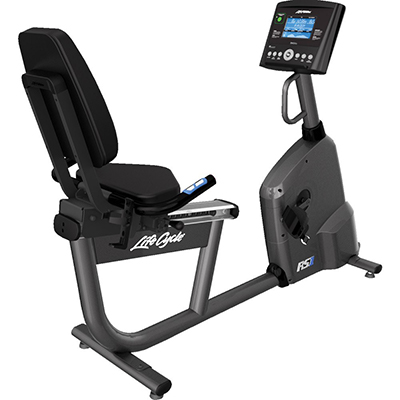
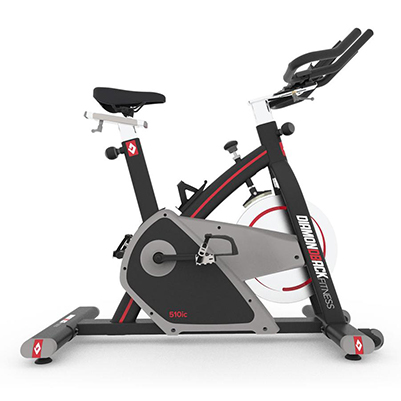
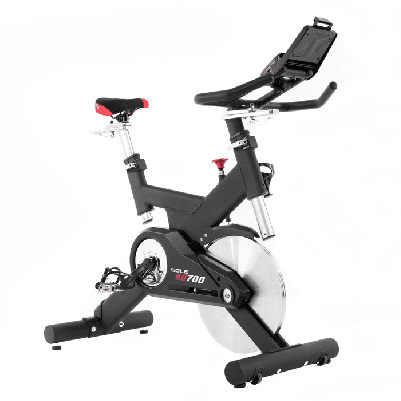
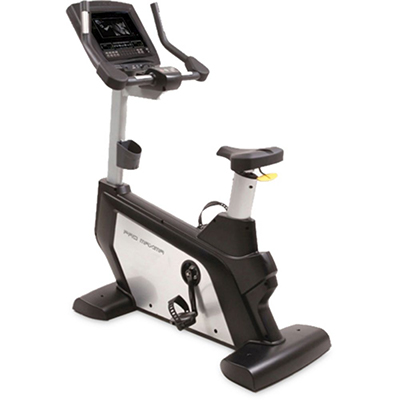
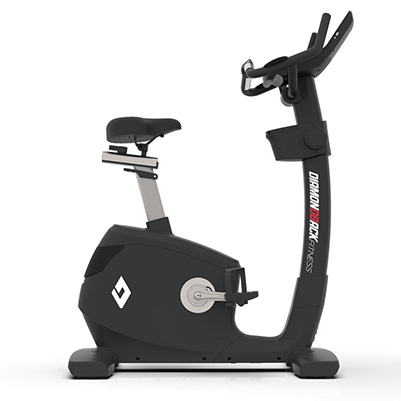
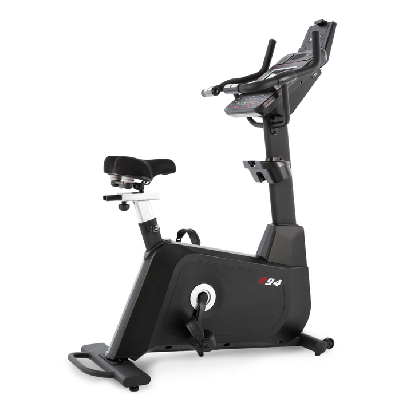
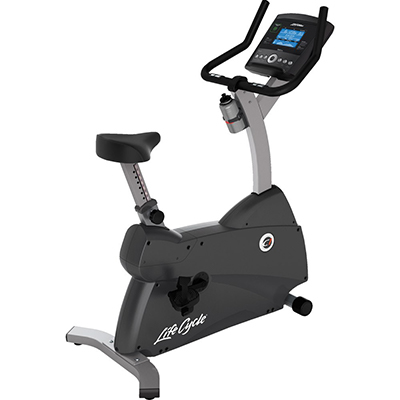
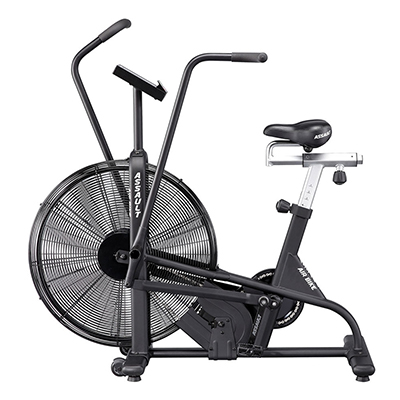
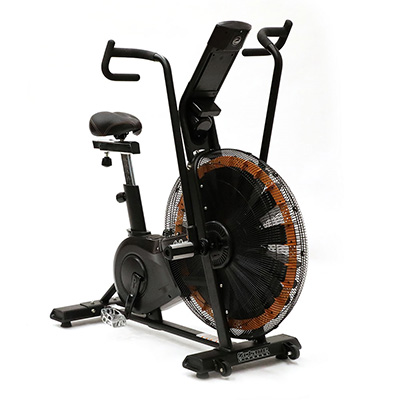
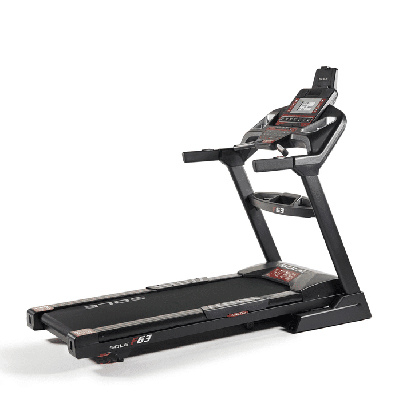

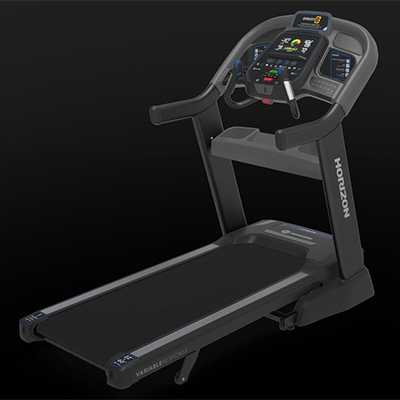
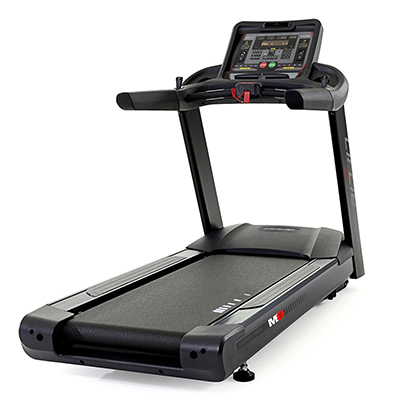
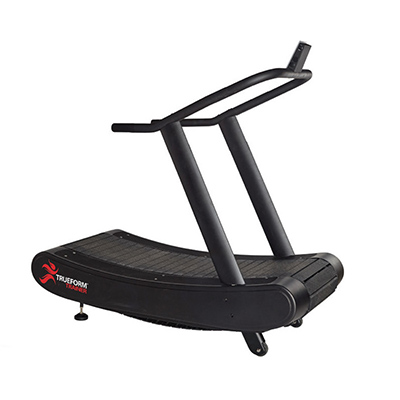
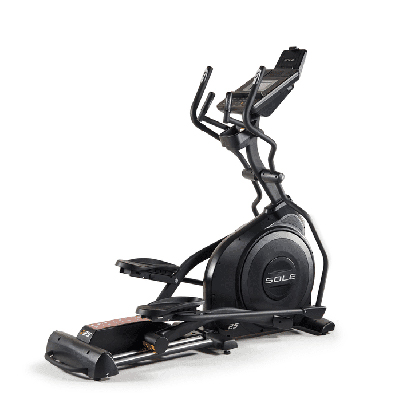
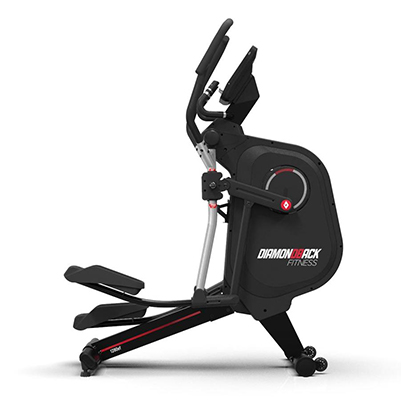
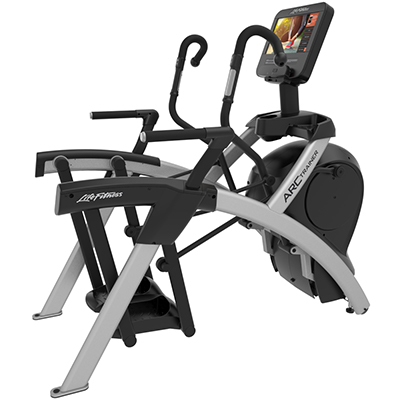

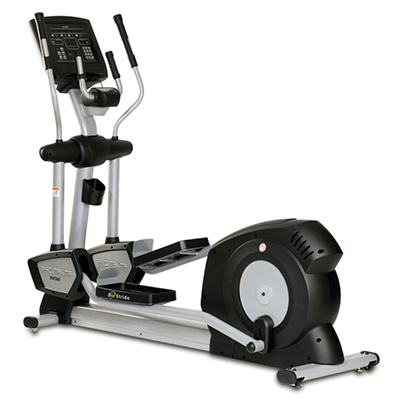
biomedis
This website is a treasure trove of information. I’ve bookmarked it for future reference.